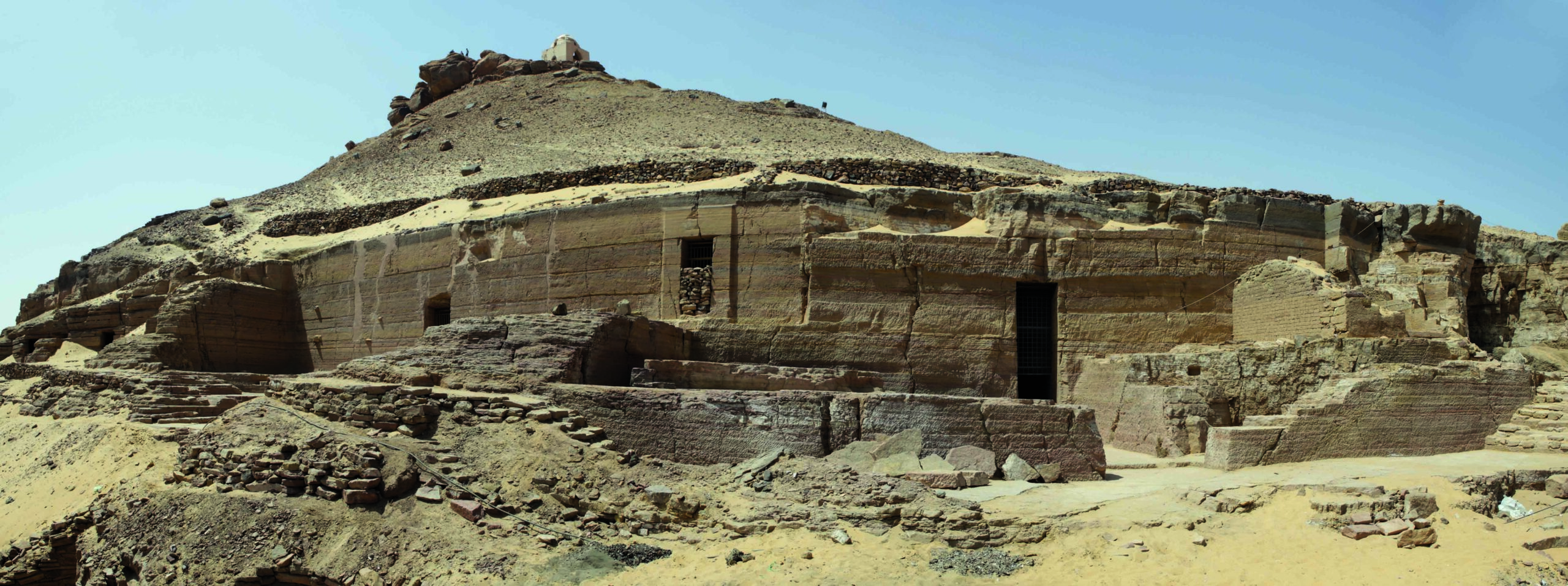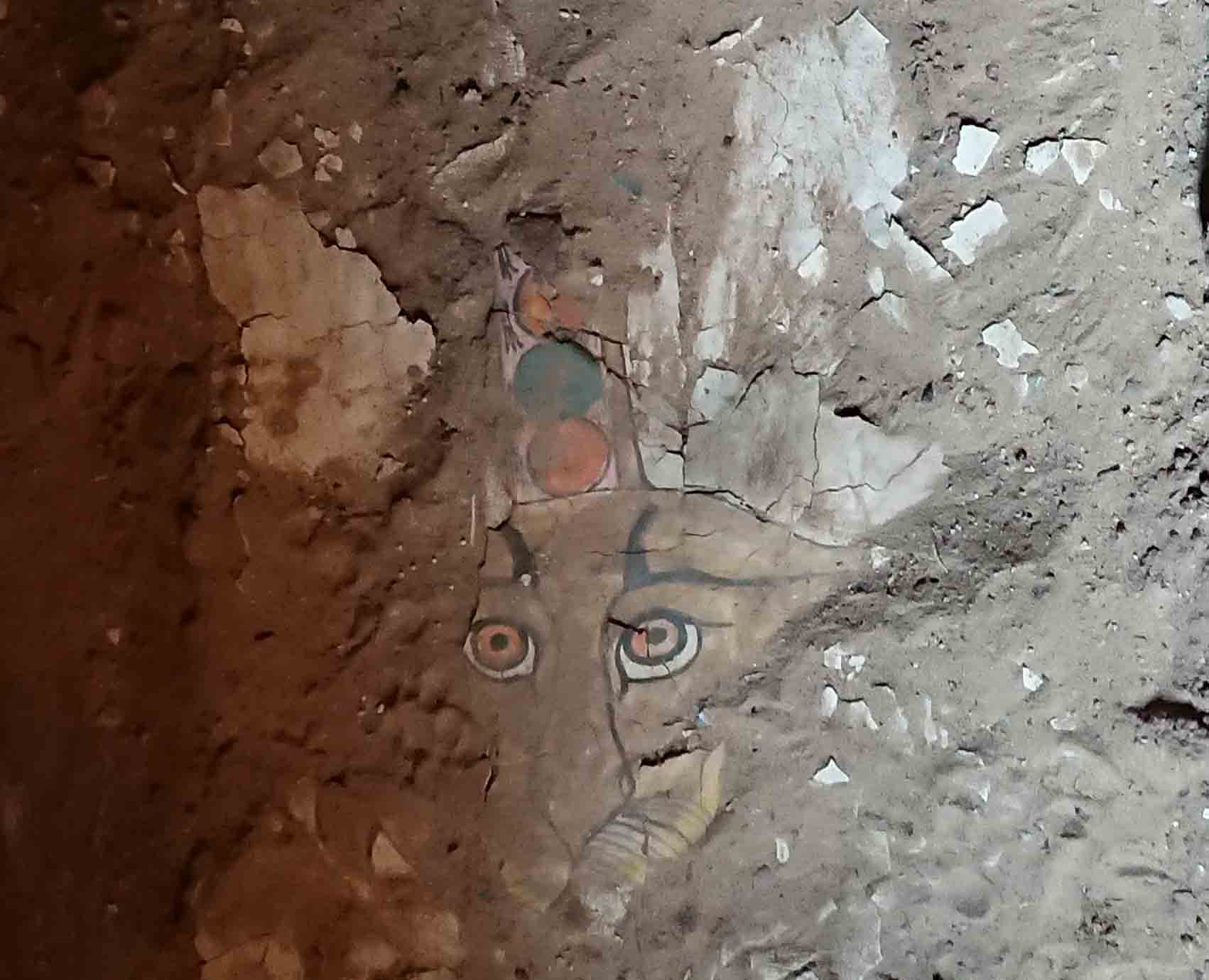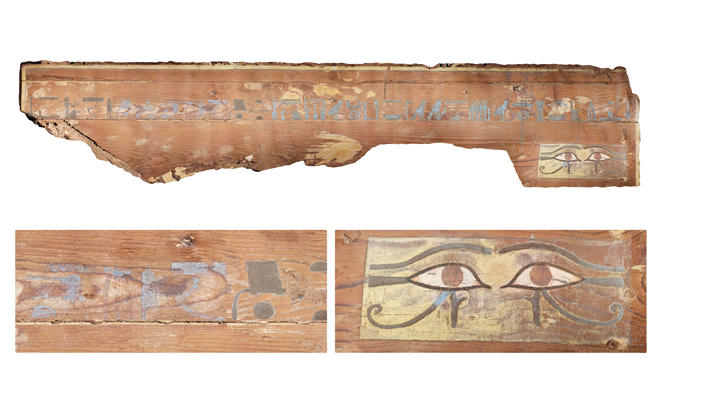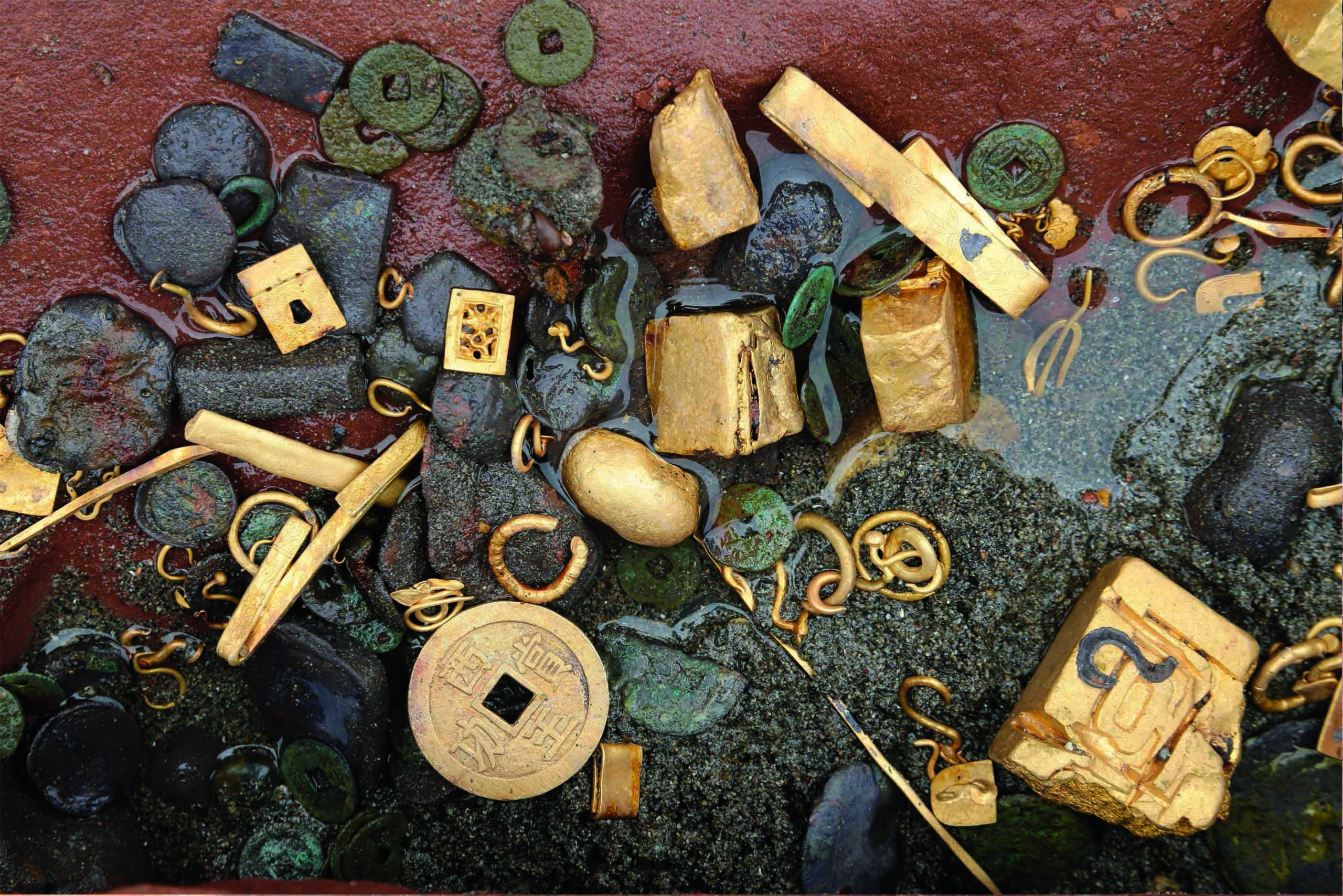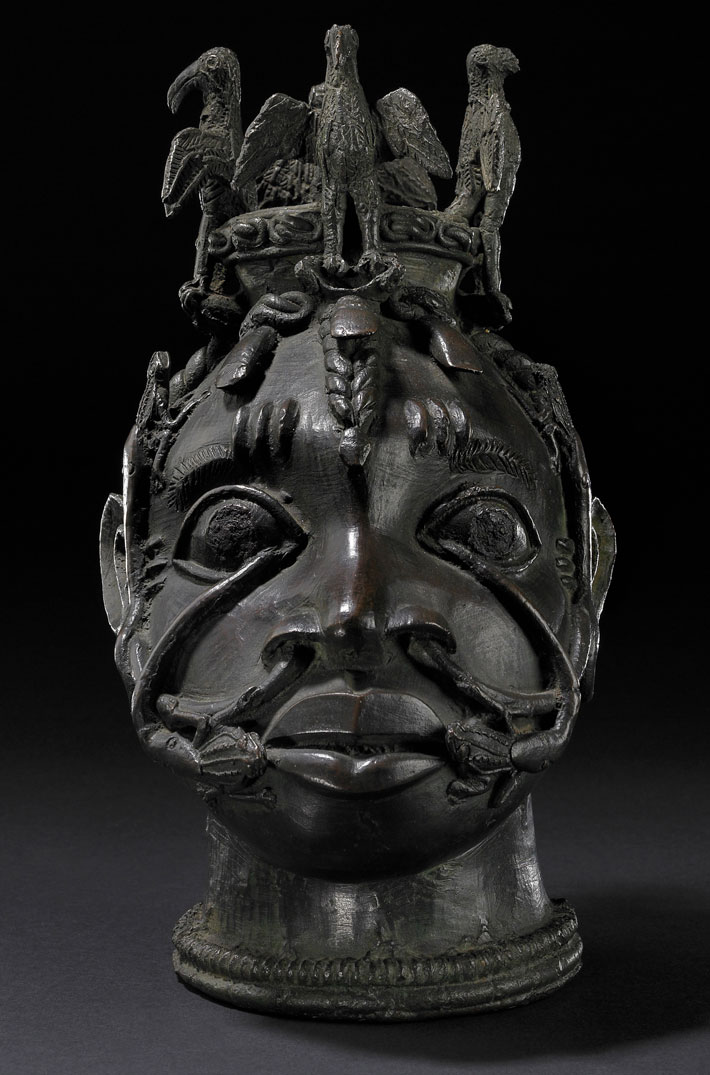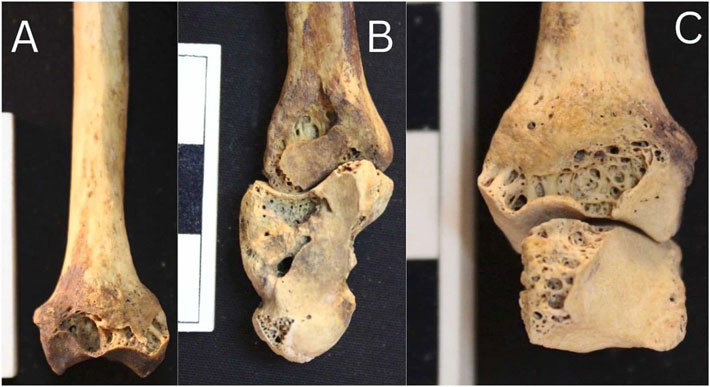
ASWAN, EGYPT—According to an Ahram Online report, the incomplete skeletal remains of a woman, who lived between 1800 and 1500 B.C. and suffered from rheumatoid arthritis, were uncovered in Aswan during an excavation conducted by the Aswan-Kom Ombo Archaeological Project. This chronic inflammatory autoimmune condition is characterized by aches, stiffness, and swelling of the joints, and was identified by the erosive lesions with smooth edges that were found outside the surface of the woman’s joints. Rheumatoid arthritis can also damage the lining of the joints, skin, eyes, mouth, heart, and lungs. Abdel-Monem Said, General Director of Aswan Antiquities, said that joints on both sides of the woman’s body had been affected, including her hands, feet, shoulders, elbows, wrists, and ankles, and would have made it difficult for her to carry out daily activities. Because mention of rheumatoid arthritis has not been found in any ancient Egyptian medical texts, it had been previously thought that the condition did not exist in its present form at the time. To read about how people of the ancient world attended to their well-being, go to "The Pursuit of Wellness."



